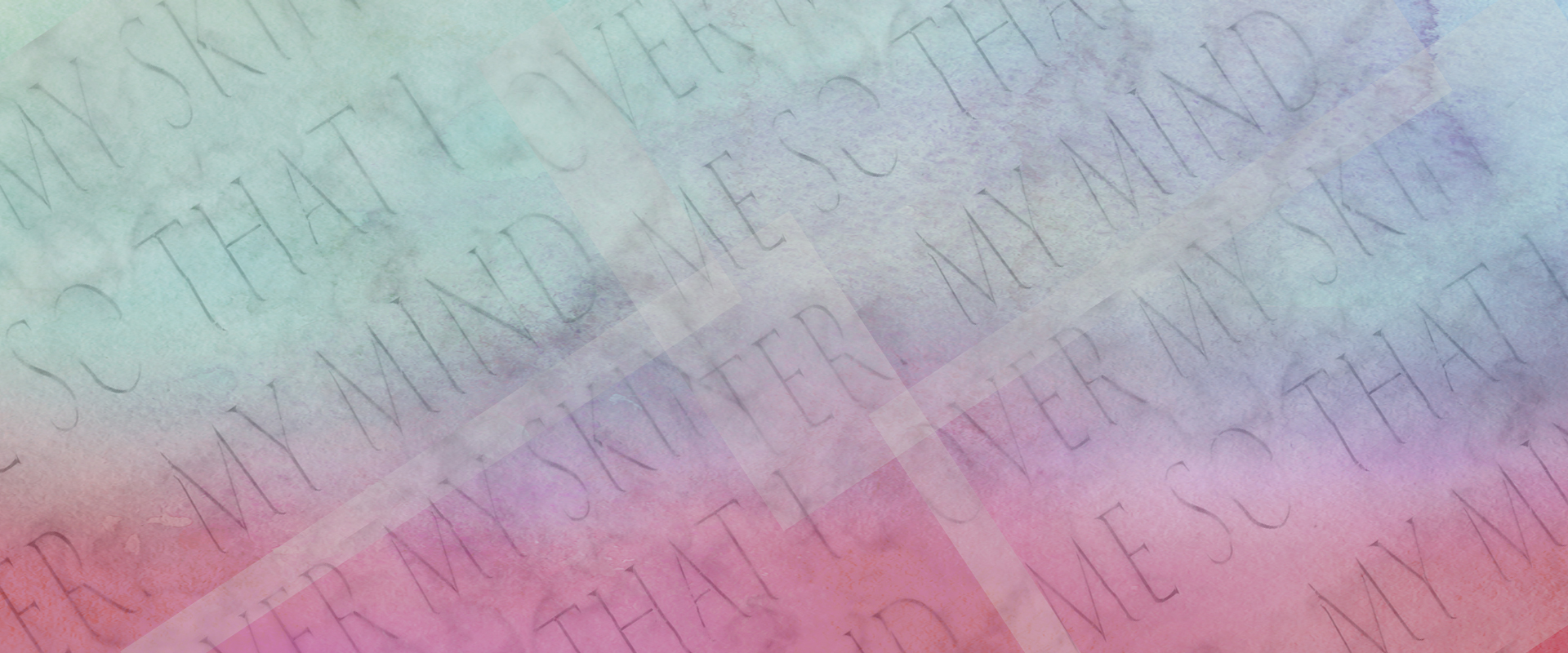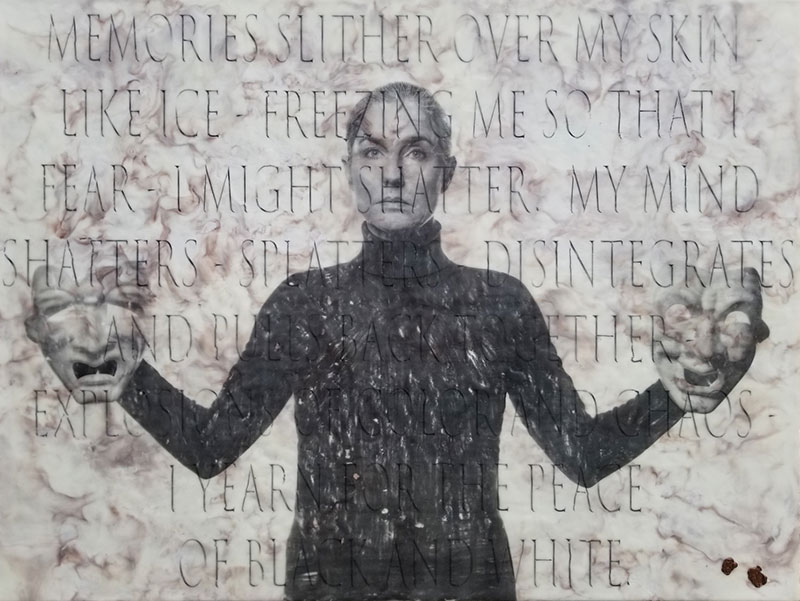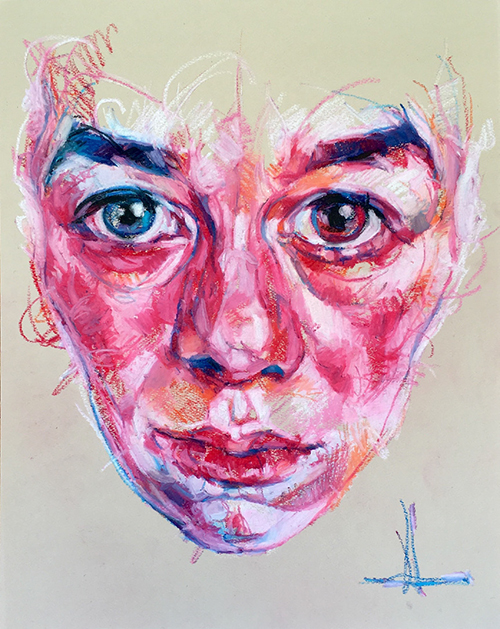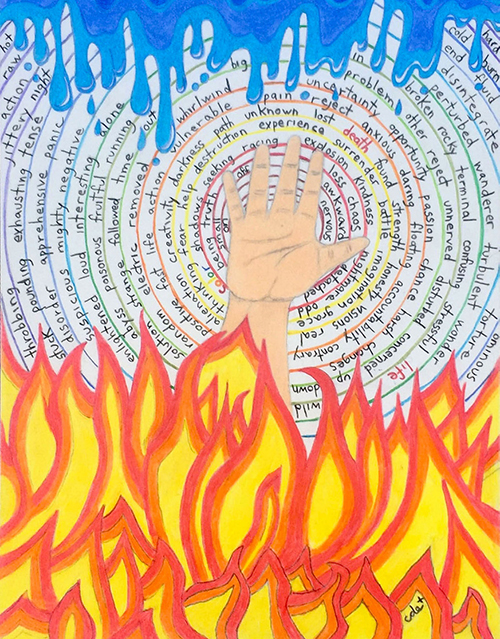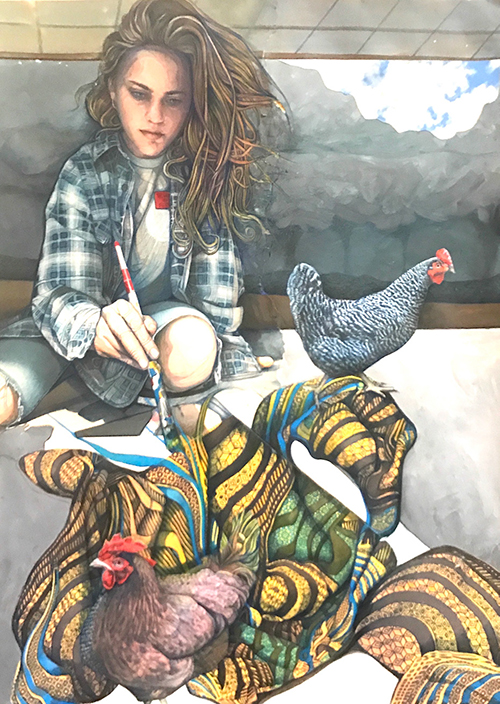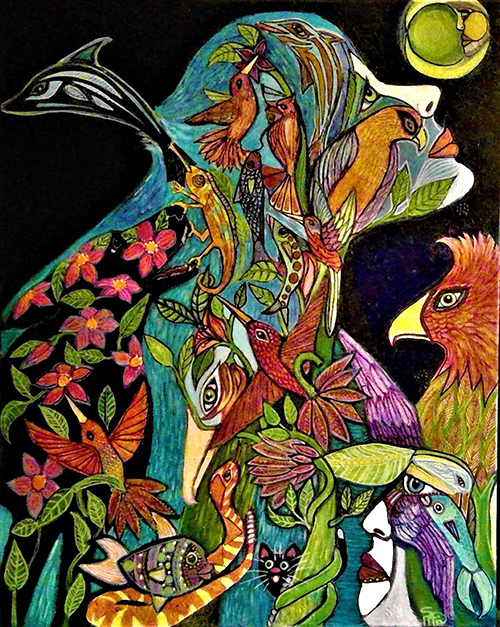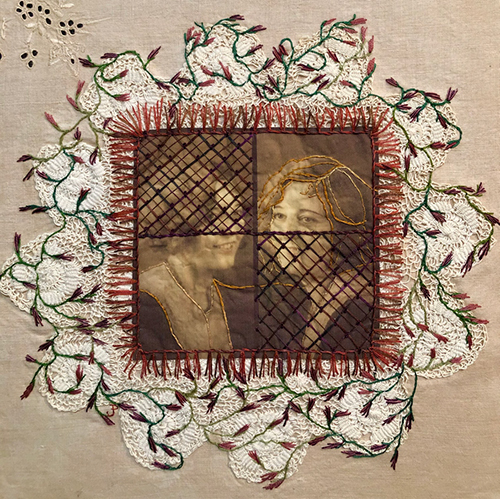By Cara Perry
Building awareness and understanding of bipolar disorder are the key goals of the Ryan Licht Sang Bipolar Foundation, whose founders created a traveling art exhibit in 2017 of work by artists battling the serious brain illness.
The exhibit, called Insights at the Institute: Creativity and the Bipolar Brain, the sixth annual exhibit in the series, is coming to the Florida Atlantic Stiles-Nicholson Brain Institute as part of the annual Brainy Days, a month-long celebration of neuroscience research.
“Art is a powerful form of expression, and we are thrilled to join forces with our friends at The Ryan Licht Sang Bipolar Foundation in fighting social stigmas around this disease and underscoring the need for more early-onset bipolar disorder research,” said Randy Blakely, Ph.D., executive director of the Brain Institute.
The Ryan Licht Sang Bipolar Foundation was founded by Joyce and Dusty Sang in memory of their only child, Ryan, who struggled with bipolar disorder and passed away at age 24. The foundation is dedicated to fostering awareness, understanding and research for early-onset bipolar disorder. The foundation’s signature initiative, called Quest for the Test, is aimed at funding research to develop an empirical, biomarker test for bipolar disorder to aid early detection and intervention.
“Understanding the mechanisms and causes of mood disorders will open an enormous door through which new therapies and treatments will be discovered,” according to Dusty Sang. “The work of FAU’s Stiles-Nicholson Brain Institute, under the outstanding direction of Dr. Randy Blakely, has come online at a time when discoveries, once thought to be science fiction, are becoming a reality.”
Joyce Sang agreed. “We are honored and excited to bring Insights VI to the Institute,” she said. “Together, we are shining a bright light on the path to greater societal awareness and understanding of bipolar disorder.”
